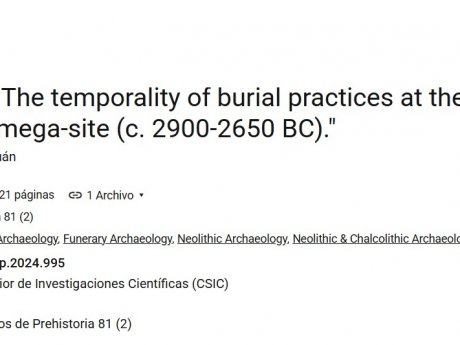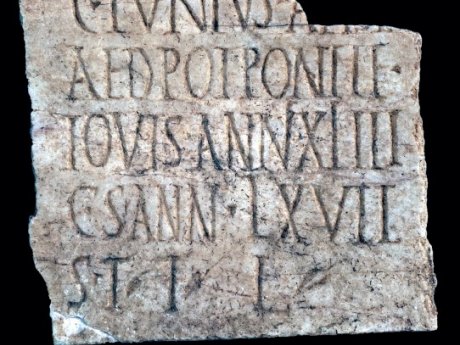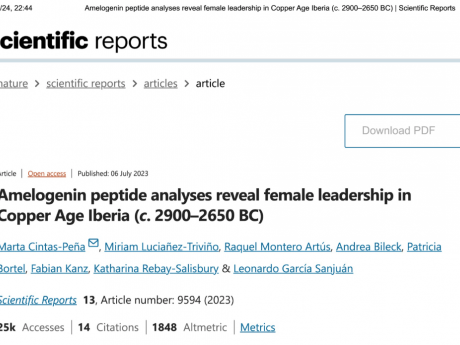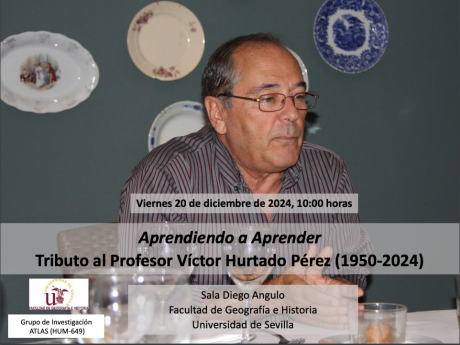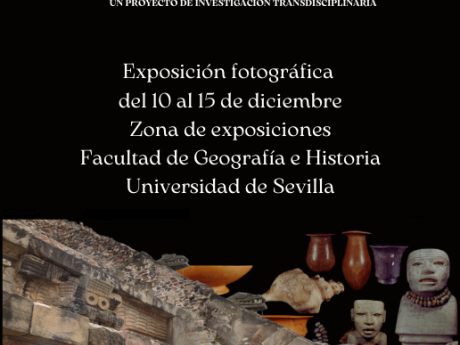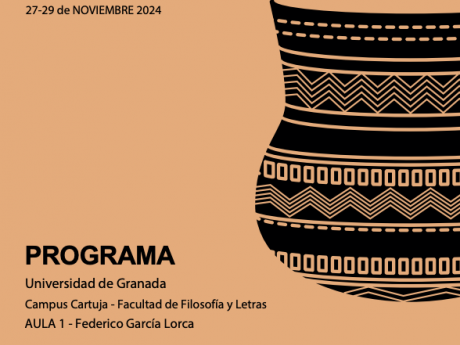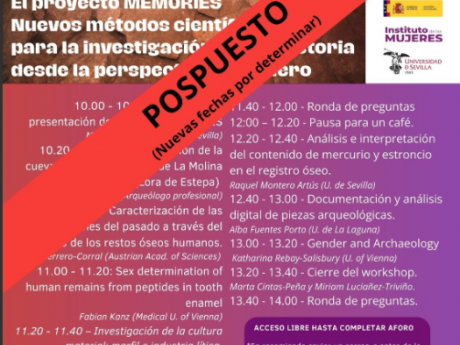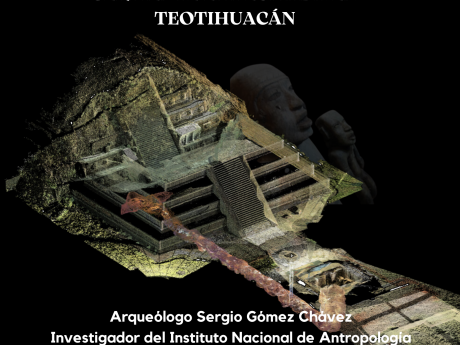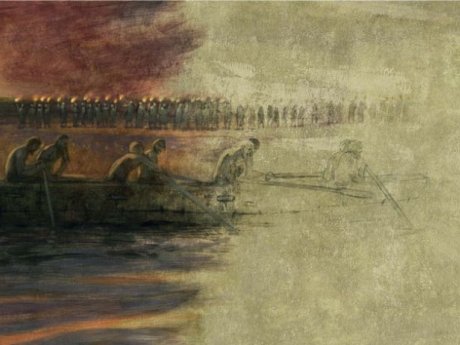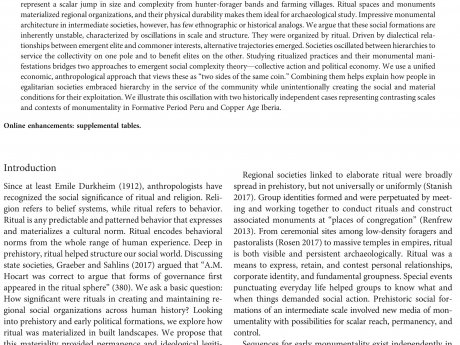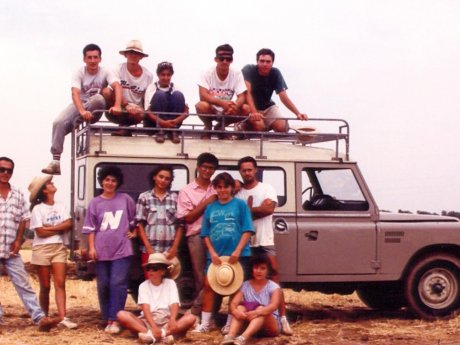Noticias |
Jornada científica: nuevas investigaciones arqueológicas en Valencina de la Concepción-Castilleja de Guzmán
Jornada científica que tendrá lugar en la Casa de la Cultura de Valencina el próximo día 24 de abril de 2025 con motivo de la firma de un convenio de colaboración científica entre la Universidad de Sevilla y el ayuntamiento de dicha localidad. Jornadas Valencina - Cartel
Amelogenin peptide analysis facility under way
In collaboration with CITIUS (Centro de Investigación, Tecnología e Innovación de la Universidad de Sevilla) we set up a laboratory for the preparation and analysis of tooth enamel samples for amelogenin peptides, a cutting-edge technique that allows the sexing of human skeletons with a high degree of certainty, thus overcoming uncertainties from anthropological analysis based on bone morphology. The application of this new technique to...
Fresh insights into sex‑specific mobility in Copper Age Perdigões (Reguengos de Monsaraz, Portugal) provided by amelogenin peptide analysis
Sex estimation based on amelogenin peptides in dental enamel has opened up possibilities to study prehistoric demography in a new light. The application of this technique is of particular importance for the analysis of prehistoric collective burials, where the commingled and disarticulated nature of human remains makes sex estimations challenging. This paper presents data on the sex of 35 individuals from the Late Neolithic-Chalcolithic site...
Prime time. The temporality of burial practices at the Valencina Copper Age mega-site (c. 2900-2650 BC)
The quality of the radiometric data available for the study of the megalithic phenomenon in Iberia has improved mark-edly over the last fifteen years. As a result, relevant details are beginning to emerge in terms of the sequence, temporality and evo-lution of certain monument types, specific construction and clusters of them. In this paper we extend this line of research to the Valencina Copper Age...
A multi-analytical study of the Montelirio beaded attires: Marine resources, sumptuary crafts and female power in Copper Age Iberia (c. 2800-2700 BC)
Excellent indicators of technology, social organization, exchange patterns, and even beliefs, beads are a topic of research in their own right. Findings made between 2010 and 2011 at the Montelirio tholos burial, part of the Valencina Copper Age mega-site, in south-western Spain, revealed what amounts to the largest single-burial ever-documented assemblage of beads. Furthermore, the Montelirio beads were part of unparalleled beaded attires worn by...
Nuevos magistrados y sacerdotes de Gades
Articulo donde se presenta la edición epigráfica de cuatro nuevas inscripciones latinas gaditanas que incluyen referencias a magistraturas y sacerdocios locales: https://dx.doi.org/10.12795/Habis.2024.i55.04
Fronteras Rupestres en México
El volumen presenta las diversas formas en que se expresan las fronteras en las manifestaciones rupestres de Mesoamérica y el norte de México. Propuestas como estructuras dinámicas, simbólicas o liminales, el objetivo es reconocer las fronteras rupestres de colectivos nómadas y comunidades agrícolas, interpretadas desde la cosmovisión, sus aspectos sociales, políticos o económicos y desde factores intangibles como la apropiación del paisaje, mitos, nodos entre...
Recibimos el Premio Universidad de Sevilla a Trabajos de Investigación de Especial Relevancia
Recibimos el Premio Universidad de Sevilla a Trabajos de Investigación de Especial Relevancia (Modalidad A – Premios de Especial Relevancia de la Universidad de Sevilla, Anualidad 2024), dotado con 1500€, por nuestro trabajo Cintas-Peña, M.; Luciañez-Triviño, M.; Montero Artús, R.; Bileck, A.; Bortel, P.; Kanz, F.; Rebay-Salisbury, K. y García Sanjuán, L. (2023): “Amelogenin peptide analyses reveal female leadership in Copper Age Iberia (c. 2900-2650...
Tributo al profesor Víctor Hurtado Pérez
El viernes 20 de diciembre de 2024 se llevará cabo la jornada "Aprendiendo a aprender", en honor al arqueólogo y profesor Víctor Hurtado Pérez (1950-2024). 10:00 horas, Sala Diego Angulo de la Facultad de Geografía e Historia.
Exposición fotográfica El camino bajo la Tierra: El Tlalocan en Teotihuacán México
Del 10 al 15 de diciembre en la sala de exposiciones (planta segunda) de la Facultad de Geografía e Historia se presenta ”El camino bajo la Tierra. El Tlalocan en Teotihuacán México" dirigida por Sergio Gómez y Julie Gazzola del Instituto Nacional de Antropología e Historia (INAH) de México Coordina grupo ATLAS (Aline Lara y Leonardo García Sanjuán).
Congreso Producción y Consumo en el Calcolítico y edad de Bronce
La Universidad de Granada realizará el primer Congreso Internacional de Producción y Consumo en el Calcolítico y edad de Bronce en la Península Ibérica. Durante la sesión "Producción y uso del metal", Marks Hunt y Martha Diaz Guardamino, además de otros colaboradores, presentan la ponencia "La explotación prehistórica de la mina de Las Minillas (zona geológica de Ossa-Morena, provincia de Badajoz) . Jueves, 28 de noviembre.
POSPUESTO
Jornadas del proyecto MEMORIES. Nuevos métodos científicos para la investigación en Prehistoria desde la perspectiva de género. 15 de noviembre Aula Diego Angulo Facultad de Geografía e Historia
Conferencia. Descubrimiento y Exploración del Túnel Bajo el Templo de La Serpiente Emplumada en Teotihuacán, México
Durante la Jornada "Arqueología mexicana", el arqueólogo mexicano Sergio Gómez Chávez presentará la conferencia "Descubrimiento y Exploración del Túnel Bajo el Templo de La Serpiente Emplumada en Teotihuacán" Sergio Chávez es profesor investigador titular en el Instituto Nacional de Antropología e Historia (INAH), México. Desde 2002 dirige el Proyecto Ciudadela y el proyecto Tlalocan, que explora el túnel bajo el Templo de La Serpiente Emplumada en...
Conferencias en el Museo Arqueológico Nacional
El Museo Arqueológico Nacional (MAN) reúne a investigadores por los 100 años de del Conjunto de la ría de Huelva Durante la Jornada "Producción y circulación de metales en la Península Ibérica durante el Bronce Final y los inicios de la presencia fenicia", Marks Hunt presenta dos conferencias: Ignacio Montero (IH-CSIC) y Mark A. Hunt Ortiz (Universidad de Sevilla), "La procedencia del metal a través de...
Early Monumentality, Ritual, and Political Complexity: Formative Peru and Copper Age Iberia
Archaeology documents the critical roles that ritual played in early regional political organizations. These intermediate-scale societies represent a scalar jump in size and complexity from hunter-forager bands and farming villages. Ritual spaces and monuments materialized regional organizations, and their physical durability makes them ideal for archaeological study. Impressive monumental architecture in intermediate societies, however, has few ethnographic or historical analogs. We argue that these social...
Our dear colleague Víctor Hurtado Pérez passes away
Our dear colleague and friend Víctor Hurtado Pérez (Solana de los Barros, Badajoz, 1950) passed away on Saturday September 7th 2024. Víctor was a retired Senior Lecturer at the Department of Prehistory and Archaeology of the University of Sevilla, and a founding member of the ATLAS research group. For over three decades, he was very active in the research of southern Iberian Late Prehistory. He...



